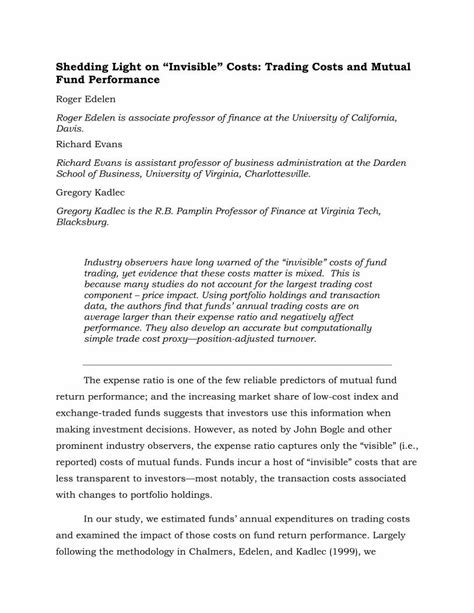How To Assess Trading Strategies For Aave (AAVE)
Assessing Trading Strategies for AAVE: A Comprehensive Guide
As the popularity of cryptocurrencies continues to grow, traders and investors are increasingly looking into new platforms like AAVE (Aave.com). AAVE is a decentralized lending platform that allows users to borrow and lend cryptocurrencies with minimal effort. However, as with any cryptocurrency, it’s essential to assess trading strategies before investing. In this article, we’ll explore the key considerations for assessing trading strategies on AAVE.
Understanding AAVE’s Trading Fees
Before diving into trading strategies, let’s discuss AAVE’s trading fees. The platform charges a percentage-based fee on borrowing and lending transactions, known as interest rates. For example, if you borrow 1 ETH (the native token of AAVE) for 30 days at an annual percentage rate (APR) of 15%, you’ll pay approximately $0.25 in interest per day. This means that even after a month, your total interest paid would be around $10.
Key Factors to Assess Trading Strategies
When assessing trading strategies on AAVE, consider the following key factors:
- Risk Tolerance: Calculate your maximum potential loss based on the loan and interest rate. Consider setting aside funds for unexpected losses or market volatility.
- Time Horizon

: Determine how long you can afford to hold onto the borrowed amount before withdrawing it. This will help you decide whether to take advantage of short-term gains or patience-driven growth.
- Market Conditions: Understand AAVE’s market dynamics, including supply and demand, price fluctuations, and potential regulatory changes.
- Liquidity: Assess AAVE’s liquidity by checking the number of users, trading volumes, and available collateral.
- Incentives and Fees: Familiarize yourself with AAVE’s incentives and fees, as well as any limitations or restrictions on certain activities.
- Stability and Security: Evaluate AAVE’s security measures, including its decentralized architecture, smart contract vulnerabilities, and potential regulatory risks.
Popular Trading Strategies on AAVE
Once you’ve assessed your trading strategy, consider the following popular options:
- Leveraged Trading: Use borrowed funds to amplify gains in a single trade. Be cautious of leverage ratios exceeding 2x or 3x, as they can lead to significant losses.
- Position-Side Trading: Buy and sell cryptocurrencies on AAVE’s platform with the goal of profiting from price fluctuations. This strategy involves taking positions both long (buying) and short (selling).
- Pilot Program Investing: Utilize AAVE’s pilot program, which allows users to trade with borrowed funds at a discounted rate for a limited time.
- Borrow-and-Hold Strategies: Use AAVE’s lending function to borrow cryptocurrencies and hold them overnight or long-term for passive income.
Additional Considerations
As you begin trading on AAVE, keep the following in mind:
- Understand Aave’s Terms of Service: Familiarize yourself with AAVE’s terms, including any restrictions on trading activities.
- Monitor Liquidity and Market Conditions: Keep an eye on market fluctuations and adjust your strategy accordingly.
- Avoid Unstable or Volatile Assets: Steer clear of assets that may experience rapid price swings or have high volatility.
- Stay Informed About Regulatory Changes: Stay up-to-date with AAVE’s regulatory status and any changes to its rules or policies.
Conclusion
Assessing trading strategies for AAVE requires careful consideration of key factors, including risk tolerance, market conditions, liquidity, incentives, and stability. By evaluating these aspects and applying popular trading strategies, you can increase your chances of success on the AAVE platform. Remember to stay informed about regulatory changes and maintain a balanced approach to trading.


